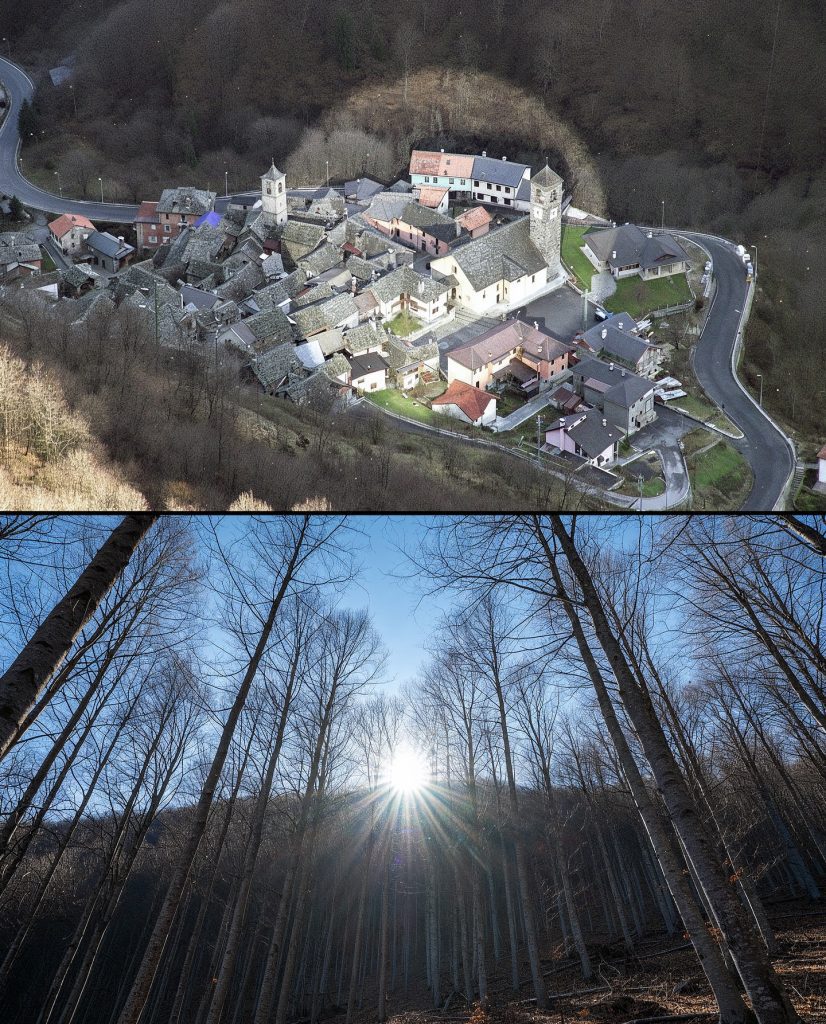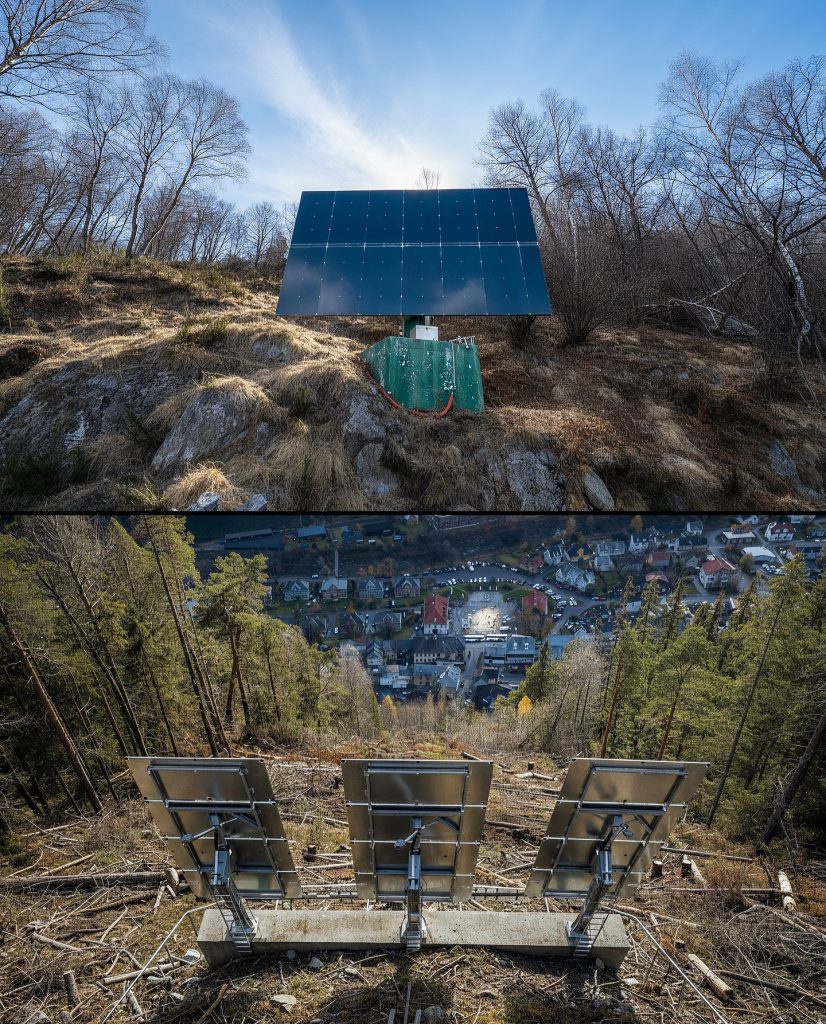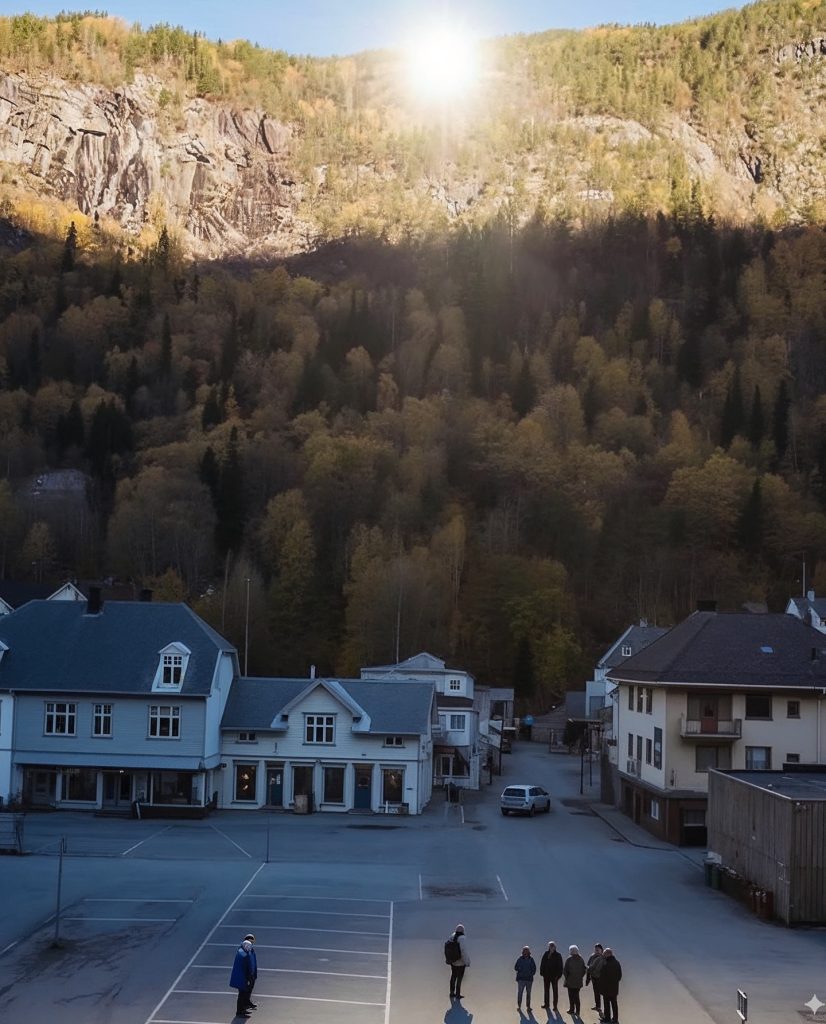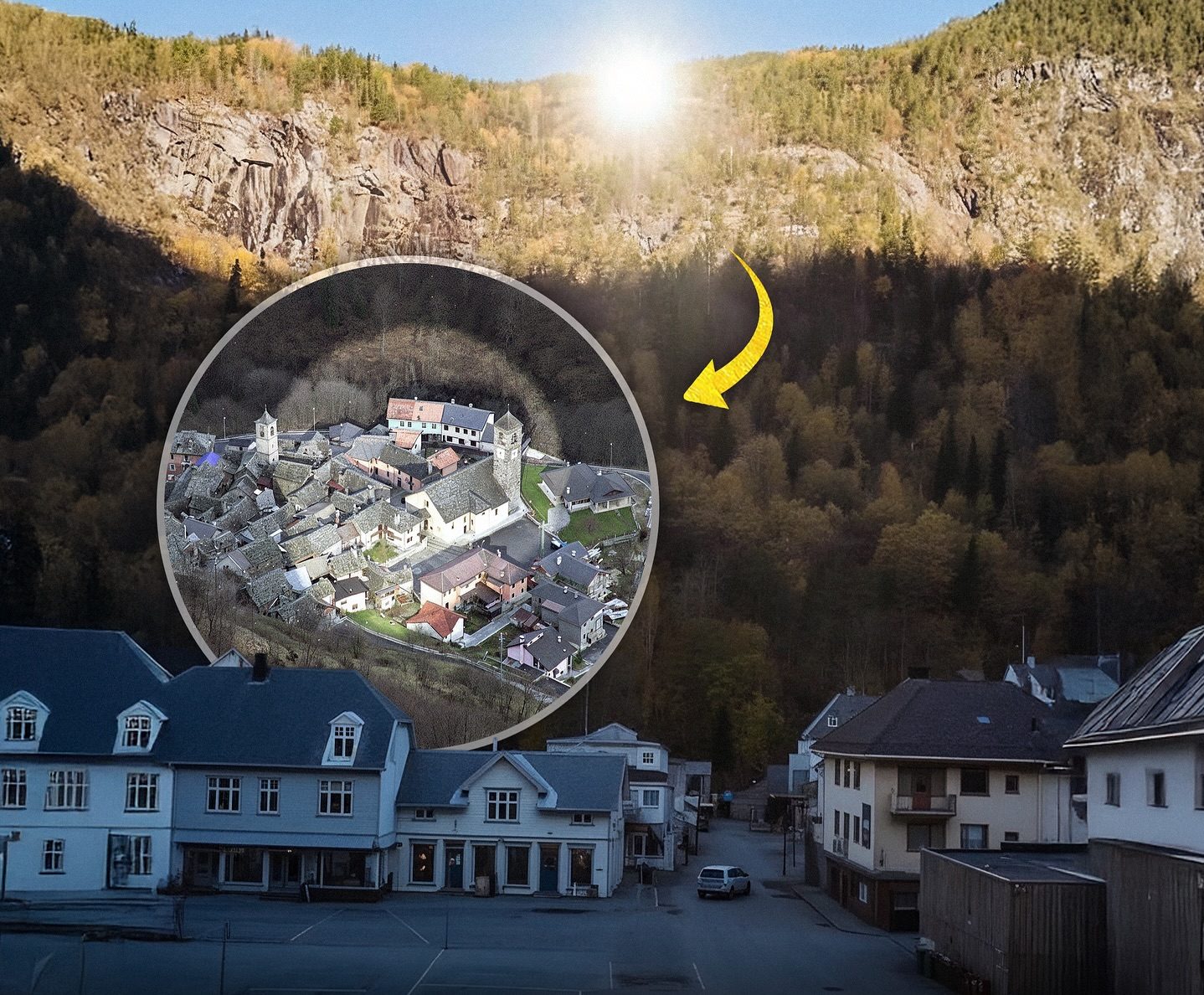This Italian Mountain Village Lost the Sun for 83 Days Each Winter—Until a Giant Mirror Changed Everything
In the heart of the Italian Alps, nestled deep in a valley surrounded by steep mountains, lies the small village of Viganella. It looks like any other charming town in northern Italy with its stone houses, narrow streets, and church bell tower. But for centuries, Viganella lived with a strange reality that shaped life for everyone who called it home. Each year, for about 83 long days during the winter months, the sun would vanish completely from the village. The towering mountains blocked its rays, leaving the entire town in cold shadow. Families had no choice but to endure a long stretch of dimness, where daylight never fully arrived.
For the people of Viganella, this wasn’t just an inconvenience—it was a way of life. Generations grew up knowing that winter meant darkness, not only in the evenings but throughout the day. Children played under dim skies, shopkeepers lit their stores earlier, and people met indoors instead of gathering outside in the piazza. It was simply accepted as fate, dictated by the shape of the valley. But in the early 2000s, the townspeople began to wonder if they could defy nature. Could technology bring them the light that geography had denied?

The idea sounded impossible at first, almost like something out of a fairytale. A local architect named Giacomo Bonzani suggested building a giant mirror on the mountainside above the village. His proposal was to install a massive, computer-controlled reflective surface that would catch the sunlight from high above and beam it down into the heart of the town square. At first, many residents laughed. A mirror that could bring back the sun? It sounded too ambitious, too expensive, maybe even too ridiculous. But as the long winters dragged on, the vision started to feel more like hope than fantasy.
The town eventually decided to take the leap. With a budget of around $150,000, they installed a 26-foot-wide mirror high on the slope, positioned perfectly to catch the sun’s rays when it cleared the mountain peaks. The mirror was mounted on a motorized system that tracked the movement of the sun, adjusting its angle throughout the day to ensure the light was reflected exactly where it was needed most: the piazza. This was the beating heart of Viganella, the place where neighbors met, children played, and community life unfolded. For the first time, it could bask in sunlight even during the darkest days of the year.
When the mirror was unveiled in December 2006, it was a moment of awe. The townspeople gathered in the square, waiting to see if their bold experiment would work. As the mirror caught the winter sun and cast a beam of light onto the piazza, the crowd gasped. The cold shadow broke apart, replaced with golden warmth. People stood smiling, laughing, and even crying as the sunlight bathed them. It was a powerful symbol—not just of technology or clever engineering, but of human determination to overcome nature’s limits.

From that day forward, life in Viganella changed. On clear days, the mirror provides about six hours of sunlight to the square. People once again gather outdoors, enjoying a brightness that had been missing for centuries. Children play outside in the winter without feeling the same gloom. Cafés and restaurants set out tables, and the piazza has become lively even in months when it used to feel abandoned. The mirror didn’t just bring light; it restored community.
Of course, the village doesn’t suddenly feel like summer in December. Temperatures remain cold, and the mirror doesn’t magically extend daylight hours. But what it does is enough—it brings hope, energy, and a touch of magic to daily life. It’s a reminder of how much humans rely on the sun not only for warmth but also for emotional well-being. Studies have long shown that lack of sunlight in winter can lead to seasonal depression. In Viganella, the mirror has become more than just a technical solution—it’s a cure for the spirit.
The story of Viganella quickly spread beyond Italy. Reporters from around the world traveled to the small Alpine village to see the invention for themselves. Documentaries and news features highlighted the mirror as a symbol of human ingenuity, showing how even a small community with limited resources could tackle a problem that had existed for centuries. Tourists began to visit, curious to witness the beam of light that had captured global imagination.

The mirror has also inspired other towns facing similar challenges. In Rjukan, Norway, a valley town that also spends winter in darkness, a similar project was completed in 2013. Like Viganella, they used giant mirrors to reflect sunlight into the town square. These stories remind us that while we cannot always change nature, we can often find ways to work with it. A simple concept like reflection can change lives when applied creatively.
What’s especially moving about Viganella’s story is the way it connects tradition with innovation. For centuries, villagers had adapted to the rhythm of the mountains, accepting the long shadowed months. Yet with one bold idea, they proved that even small places can think big. It’s not a high-tech metropolis or a billionaire’s invention—it’s a village of just a few hundred people who decided they deserved the sun as much as anyone else.
Walking through Viganella today in winter, you might not immediately notice the mirror high on the mountain. What you will notice is the atmosphere. The piazza is alive, glowing under a warm patch of light even while the rest of the valley lies in shadow. People sit on benches, sip coffee, chat with neighbors, and laugh as their children run around. It feels natural, yet everyone there knows it is a miracle of their own making.
This story teaches us something important about resilience and creativity. In life, we all face shadows—whether literal or metaphorical—that make things feel bleak. But sometimes, the solution doesn’t require changing the world, just reflecting the light that’s already there. Viganella’s mirror is more than a piece of metal and glass. It’s proof that human beings, no matter how small their community, can dream of the impossible and make it real.
In the end, Viganella didn’t steal back the sun. It borrowed it, redirected it, and shared it in a way that brought joy to everyone. The sun was always there, just out of reach. All it took was a mirror—and the courage to try—to bring it home.

